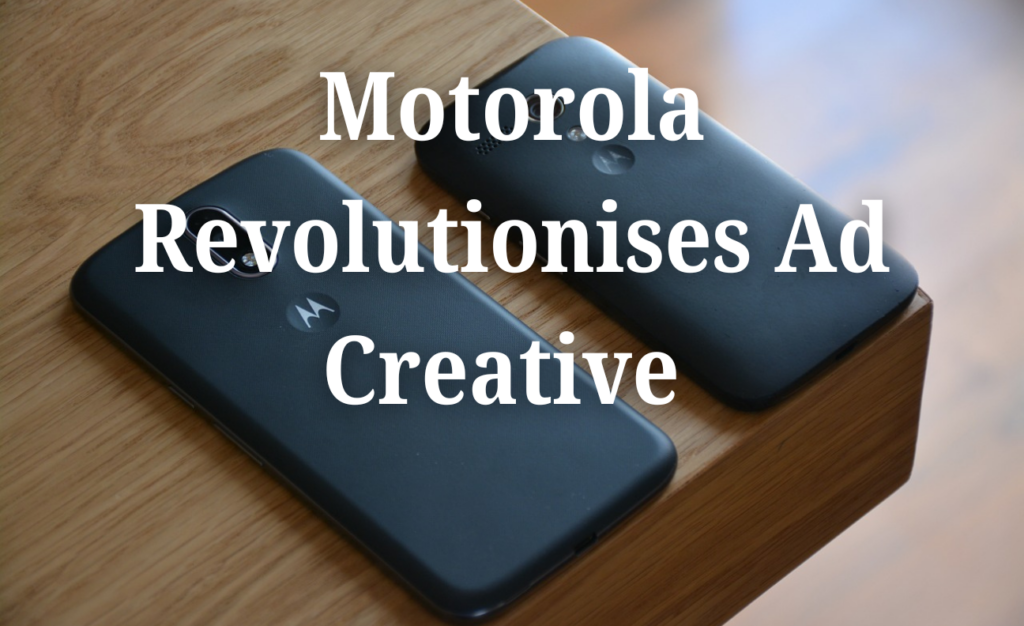In recent years, the development of virtual reality technology has made significant progress. Advancements in technology have made it possible for virtual reality (VR) to provide users with a highly immersive and multi-sensory experience.
However, VR has been lacking the sensations of smell and taste for a considerable amount of time. Though, scientists have now found a solution to introduce scents into virtual reality experiences via small, wireless interfaces.
How have scientists previously struggled to introduce scent?
In recent years, an important objective of the industry has been to create virtual reality experiences that are entirely immersive. Companies in the technology industry are competing to dominate the market, by offering devices that provide a complete multi-sensory experience. It is thought that the ones that succeed in this, will likely become the new leaders in the industry.
With that being said, it appears that scientists have now managed to tackle the problem of introducing scents to this experience, adding a whole new dimension. Adding smells to VR in the past has been difficult due to the need for many cables, heavy equipment, and messy substances, making it inconvenient for people to use VR scents in their homes.
But, two scientists, Yu Zhang and Yuhang Li of Beihang University, have come up with a solution. Their new invention is both more practical for home use and safer for human skin.
How have the wearable interfaces changed things?

Zhang and Li have developed two wearable interfaces which are both easy to use and have a stylish design. A bandage-like strip that can be attached between the nose and mouth is one of the available interfaces. The other is a face mask that can be worn with a headset.
The new interfaces are equipped with small scent generators that produce the smells, making them more compact and convenient for use at home. Both interfaces have a grid made up of small containers that are filled with scented paraffin wax to create the fragrances. The wax is heated and transforms into a scented candle that can produce various smells within 1.44 seconds, giving the impression of authentic odours.
How does heat impact the smell and what are the risks?
The strength of the sense of smell is related to the temperature of the scent. The stronger the heat is, the stronger the smell will be. The heat source needs to be very strong, which raises concerns about keeping people safe. The current temperature of 60°C is deemed as too hot for comfortable use. However, the scent becomes more user-friendly when a copper coil kicks a magnet and reduces the heat.
According to the results of a test that involved 11 volunteers, it was considered safe for the interface placed between the nose and mouth, as long as it was at least 1.5 millimetres away from the nose. Additionally, they found that the temperature at the surface of the skin should be 32.2° C or lower, which is below the human body temperature.
The creators have acknowledged that the interface attached to your face being too hot may not feel safe to use. They have stated that they are currently experimenting with ways to reduce the temperature of the interface or improve its cooling capabilities.
It is also worth noting that Yu and Li are not alone in trying to create seamless olfactory experiences in VR. OVR Technology announced at CES this year that they would be launching a headset with a cartridge including eight “primary” aromas capable of being mixed and matched.
Experience the virtual world with all your senses! Researchers are making strides towards integrating the sense of smell into #VirtualReality. Learn about how this could revolutionize VR experiences: https://t.co/jSY4ypShtW #Tech #VR #SensoryTech
— Dr Diplex Tech Nomad (@DrDiplexTechNom) May 31, 2023
How could this development change the VR experience?
The new interfaces have the potential to revolutionise the VR experience for people. Our sense of smell plays a significant role in our ability to taste different flavours. There are various possibilities, including the more obvious ones such as experiencing a virtual flower field or virtual food, as well as some less obvious applications, for example, perfumeries could potentially begin to test fragrances virtually.
In terms of the medical sectors, According to Yu, using scents in virtual reality could be beneficial for individuals with an inability to smell (anosmia) and may also have therapeutic effects for patients with memory problems or to improve their overall mood.
Another idea is for the entertainment industry to combine VR technology with cinema to create incredibly lifelike movie experiences. Another is for the food industry to let customers sample smells before buying food, which could make it simpler to gauge its flavour.
What makes these interfaces stand out?
These new interfaces are notable for being lightweight, compact, and wireless. Although the device was not directly tested with a particular VR game, platform, or device, its wireless capability suggests that it will result in a more streamlined and immersive experience with fewer tangled wires and less bulk.
Developers of virtual reality consider this new technology to be a great marketing tool. The new development presents a chance for VR developers in various industries to design immersive and business-centric experiences.

Final words
The development of these new heat-activated scent interfaces has the potential to revolutionise virtual reality experiences. Now, users can not only see and hear what’s going on around them, but smell it as well.
With the ability to be able to mix and match scents, VR developers can now create more lifelike experiences for users, with the aim of being able to continually add new scents as time goes on.
Whether it’s for entertainment, medical treatments or business-related purposes, these new scent interfaces present a great opportunity. It will be interesting to see how this technology continues to develop and what it can do further into the future.









